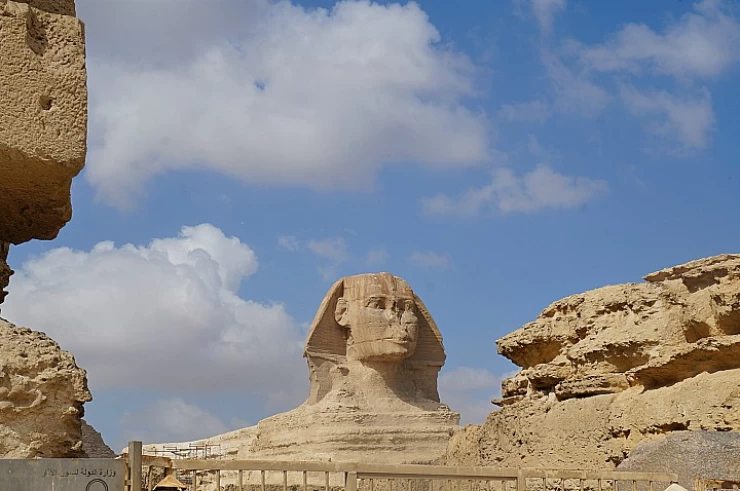Amr Ibn al-As, Conqueror of Egypt
Amr Ibn al-As, Conqueror of Egypt
According to the book Amr ibn al-As, by Abbas Mahmoud al-Akkad, he is an Arab Muslim military commander who is famous for leading the Islamic armies to conquer Egypt in 640, and he had the opportunity to live with the Prophet Muhammad and was one of his companions, after he entered Islam in the year 8 AH, and the most prominent thing Amr ibn al-As did in Egypt after the conquest of Egypt was to establish the city of Fustat and make it the capital of Egypt, and he was also keen to build the mosque of Amr ibn al-As, which is considered the first mosque in Africa.
Amr ibn al-'As was categorized during his time as a shrewd Arab shrewd, a man of opinion and thought, and a horseman of the horsemen, and due to his personal qualities and attributes, Quraysh sent him before entering Abyssinia to ask Najashi, who was his friend, to hand him the Muslims who migrated to Abyssinia to escape from the infidels and return them to Mecca to judge them and convert them from their new religion, but Najashi failed to respond to him.
Amr ibn al-'As had only two sons and wives:
Abdullah ibn Amr, whose mother was Rita bint Manbah ibn al-Hajjaj ibn al-Suhaj al-Sahmi al-Qurashi, a famous scholar, jurist and companion, was born around the year 7 AH, which is the son who was mentioned by a number of historians that Abdullah was only 12 years younger than his father, Amr ibn al-As.
As for Muhammad ibn 'Amr, his mother was a Balawiya named Khawla bint Hamza ibn al-Salil, who came with his father to Damascus and witnessed the battle of Siffin on the side of Mu'awiyah ibn Abi Sufyan. He has no descendants.
Amr ibn al-'As is known for his multiple marriages and one of the wives he took was Umm Kalthum bint 'Uqba who had previously been married to Zayd ibn Haritha who died on the Mu'tah day and then married Zubayr ibn al-Awwam of whom she also bore a daughter Zainab after which she was divorced. This paved way for her marriage with Abdul Rahman ibn Awf with whom she had Ibrahim, Hamida and Ismail, and due to death of the preceding husband, Amru al-As took the last wife, Amr after marrying him a month into the marriage until his death under the leadership of Ali.
As Amr ibn al-'As lay on his deathbed, he wept bitterly, prompting his son to ask him the reason behind his tears. He replied that it was the life after death that made him fear and which made him cry. Then his son started to remind him how he was in the company of the Messenger of Allah – peace and blessings of Allah be upon him – and the battles he took part in conquering places.
Amr ibn al-'As died on the night of Eid al-Fitr in the year forty-three for the Hijrah, and it was said that he died in the year fifty-one Hijrah, and he died in Egypt, and his son Abdullah prayed for him before their prayer for Eid al-Fitr, and Amr ibn al-'As was the one who replaced his son to perform the prayer.















